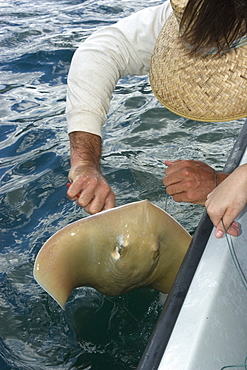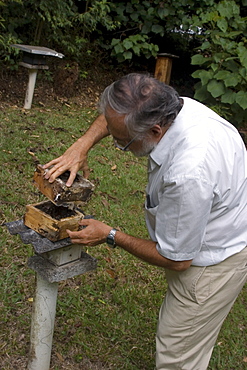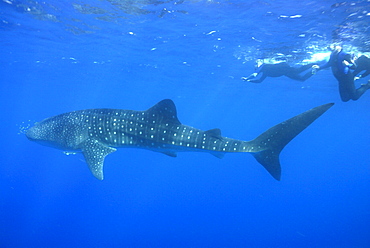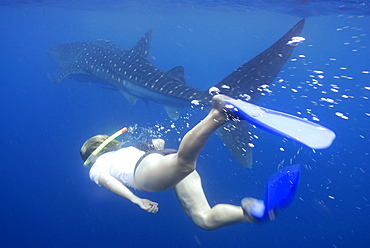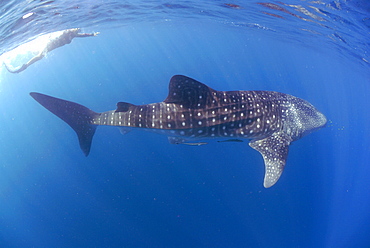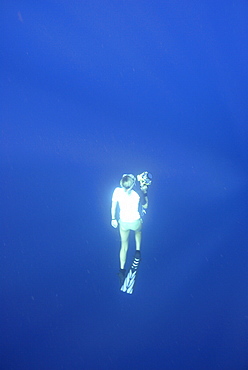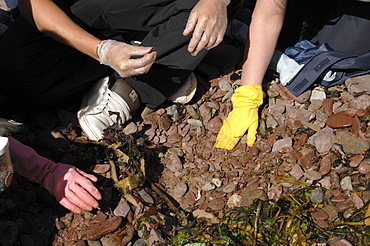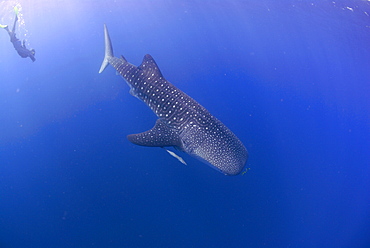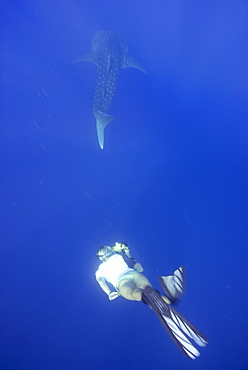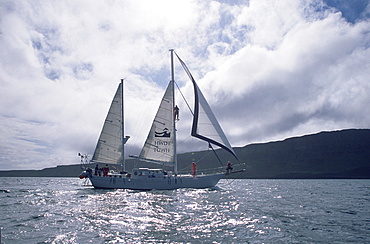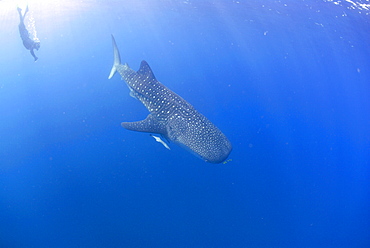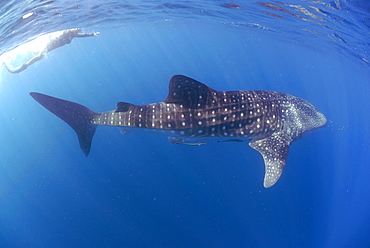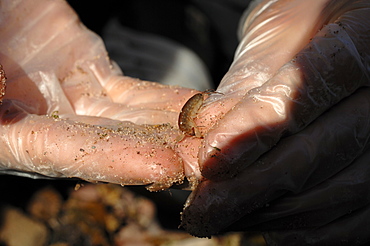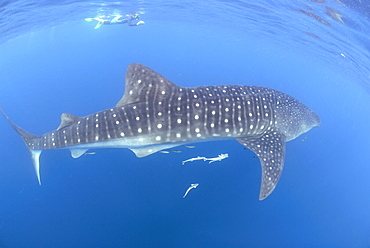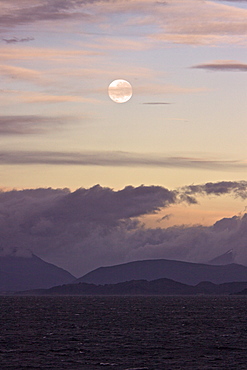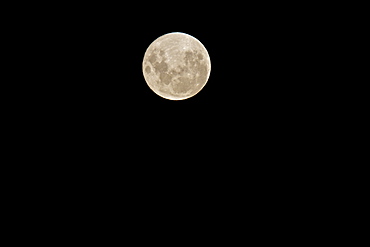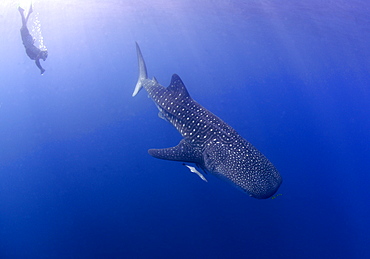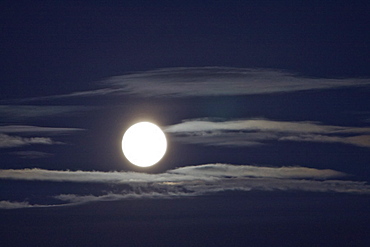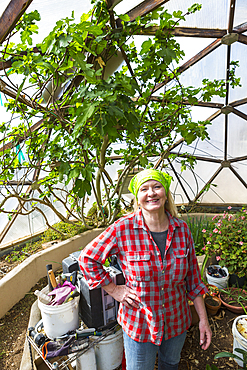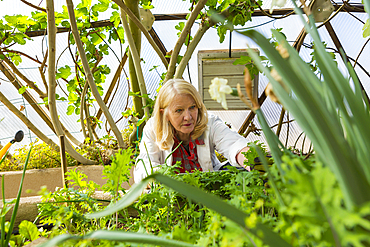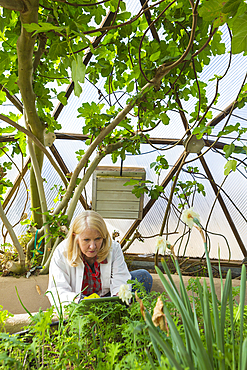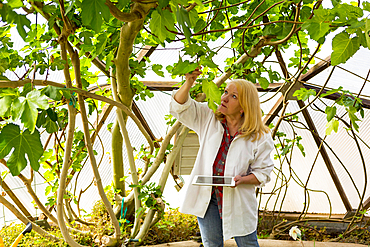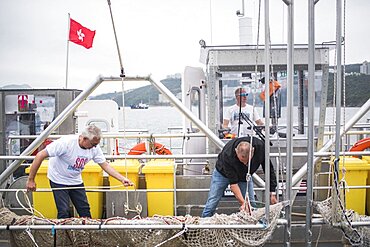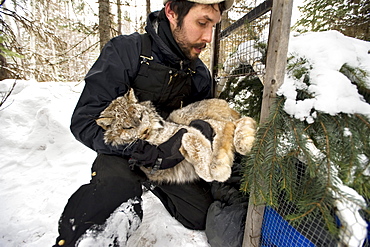Results
7 results found
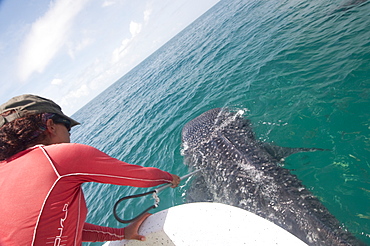
Biologist taking skin sample from a whale shark to determine what plankton types the animal has been feeding on, Yum Balam Marine Protected Area, Quintana Roo, Mexico, North America
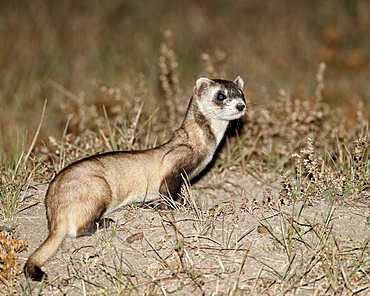
Black-footed ferret (American polecat) (Mustela nigripes) with a hair-dye marker to indicate that it was treated by the wildlife biologist, Buffalo Gap National Grassland, Conata Basin, South Dakota, United States of America, North America
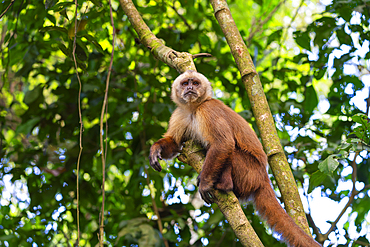
Brown capuchin monkey (Cebus apella) (Sapajus apella) on tree, Tambopata National Reserve, Puerto Maldonado, Tambopata Province, Madre de Dios, Peru, South America

wildlife biologist and conservationist Purnima Devi Barman addresses a group of women known as the 'Hargila Army' during a community awareness program on the occasion of World Environment Day, at Dadara village in Kamrup, India on June 5, 2025.
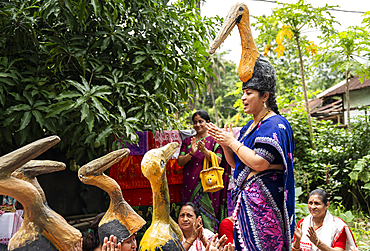
wildlife biologist and conservationist Purnima Devi Barman addresses a group of women known as the 'Hargila Army' during a community awareness program on the occasion of World Environment Day, at Dadara village in Kamrup, India on June 5, 2025.
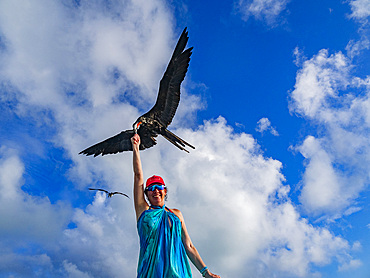
Tourist hand-feeding magnificent frigatebird (Fregata magnificens), at feeding station, Mesoamerican Barrier Reef, Belize
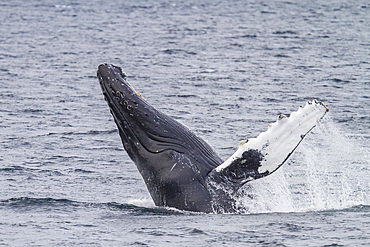
Adult humpback whale (Megaptera novaeangliae) breaching along the west side of Chatham Strait in Alaska, United States of America
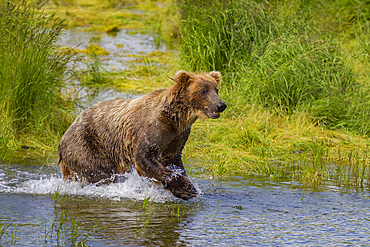
Adult brown bears (Ursus arctos) foraging for salmon at the Brooks River, Katmai National Park, Alaska, United States of America
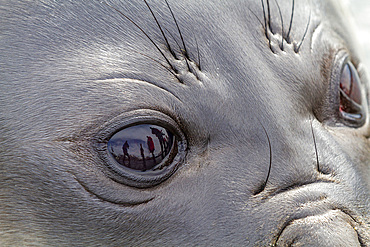
Southern elephant seal (Mirounga leonina) weaner pup eye detail on the beach at Gold Harbour on South Georgia, Polar Regions
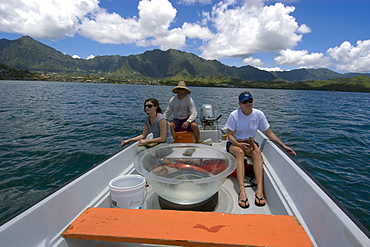
Scientists and graduate student collecting hammerhead shark pups for research, Hawaii Institute of Marine Biology, Kaneohe, Oahu, Hawaii, United States of America, Pacific
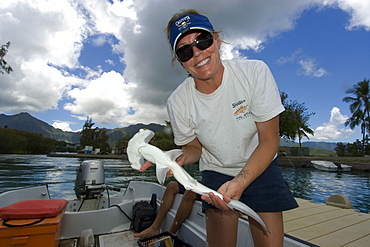
Research scientist Lori Davis holds hammerhead shark pup (Sphyrna lewini), Hawaii Institute of Marine Biology, Kaneohe, Oahu, Hawaii, United States of America, Pacific
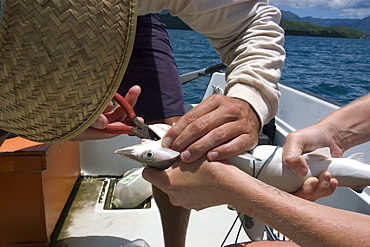
Research scientist taking hook off hammerhead shark pup (Sphyrna lewini), Hawaii Institute of Marine Biology, Kaneohe, Oahu, Hawaii, United States of America, Pacific
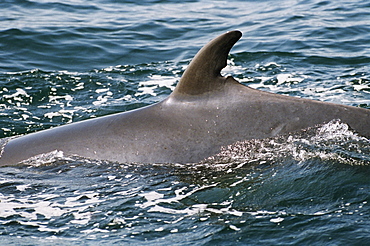
Minke whale (Balaenoptera acutorostrata) with an old wound in its dorsal fin now used to recognise this individual by biologists every year in the Hebridean waters. West coast, Scotland
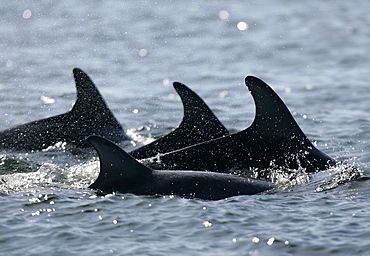
A group of resident bottlenose dolphins (Tursiops truncatus) travel through the Moray Firth, Scotland. Natural nick marks can be seen on one dorsal fin, these marks are used for photographic identification by marine biologists.

Graduate student dissects hammerhead shark pup (Sphyrna lewini), Hawaii Institute of Marine Biology, Kaneohe, Oahu, Hawaii, United States of America, Pacific
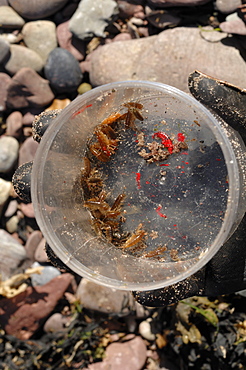
Sandhoppers in collecting jar, A level students doing a sandhopper survey, Castle Bay, Dale, Pembrokeshire, Wales, UK, Europe
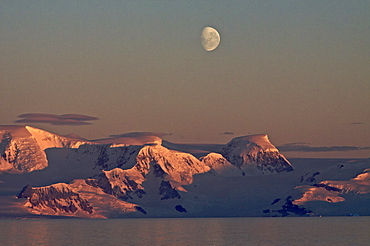
The Lindblad Expedition ship National Geographic Explorer in Dahlman Bay in late evening light as the waxing moon rises on the west side of the Antarctic Peninsula in Antarctica.
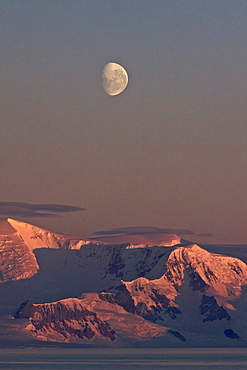
The Lindblad Expedition ship National Geographic Explorer in Dahlman Bay in late evening light as the waxing moon rises on the west side of the Antarctic Peninsula in Antarctica.

A level students doing a sandhopper survey Talitrus saltator, Castle Bay, Dale, Pembrokeshire, Wales, UK, Europe

Mature scientist male in his 50s wearing a lab coat looking through a microscope in a laboratory. Basque Country, Spain, Europe.
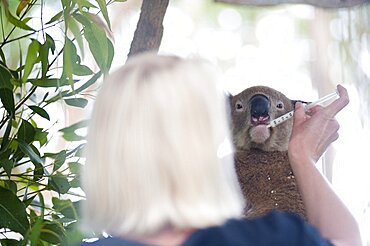
Volunteer Feeding a Rescued Koala Bear at the Koala Bear Sanctuary, Port Macquarie, Gold Coast of Australia
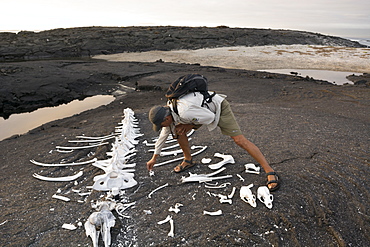
The biologist und nature guide Salvador Cazar standing next to the carcass of a whale, Punta Espinoza on Fernandina Island, Galapagos Islands, Ecuador
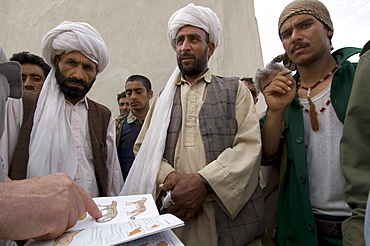
Conservation biologist George Schaller asks local shepherds and policemen about leopards and cheetah, at a border post on the border with Iran, in Gulran District, in the northwest part of Herat Province. Dr. Schaller was making a wildlife survey to see what remained of biodiversity in the Northwest corner of Afghanistan, and interviewed soldiers, shepherds and other Afghans who move through the region to find out what wildlife they had seen.
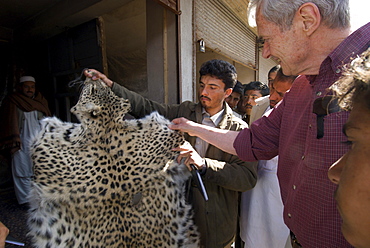
Wildlife biologist George Schaller examines a leopard skin being sold in the bazaar of Herat, Herat Province, Afghanistan. Dr. George Schaller led a trip into the regions northwest of Herat to make a wildlife survey, looking especially for any signs of leopard, cheetah and wild ass.
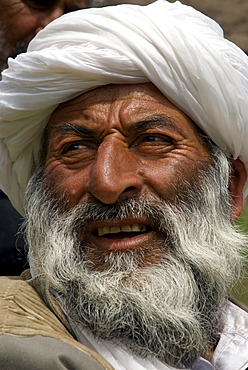
Haji Joma Khan, the head of Char Manar village in Gulran District, talks to wildlife biologists in the northwest part of Herat Province.

A local hunter, Abdul Rahim, discusses wild animals and their habitat with a wildlife biologist, Dr. George Schaller and his assistant, who are conducting a wildlife survey, in the Band-e Baba range, Herat Province, Afghanistan

LA Dept. of Wildlife and Fisheries biologist Clint Edds monitoring oil slicked marsh grasses at the northeastern edge of Barataria Bay.

LA Dept. of Wildlife and Fisheries biologist Clint Edds monitoring oil slicked marsh grasses at the northeastern edge of Barataria Bay.
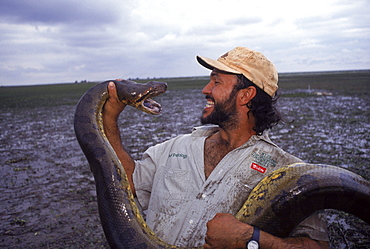
Biologist Jesus Rivas examines a female anaconda he captured for study. Hato el Cedral Ranch. Venezuela
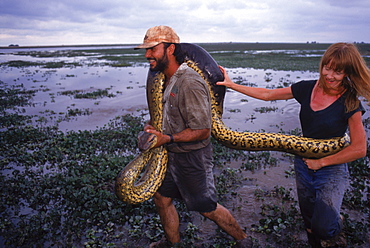
Biologist Jesus Rivas & his wife Rene Owens carry a female anaconda they captureds for study. Hato el Cedral Ranch. Venezuela
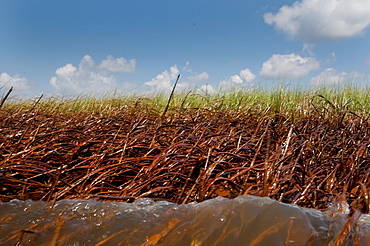
LA Dept. of Wildlife and Fisheries biologist Clint Edds monitoring oil slicked marsh grasses at the northeastern edge of Barataria Bay.
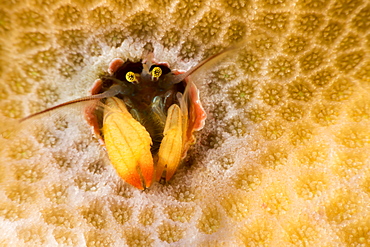
This species of coral hermit crab (Paguritta sp) is well known, but still awaiting a name from biologists. It lives in a hole in hard coral and traps passing plankton in it's feathery antennae, Yap, Micronesia
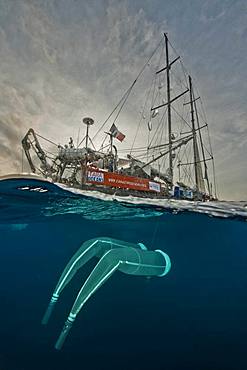
Tara Oceans Expeditions - May 2011. Tara with deployed plancton nets. On "station", the boat is drifting without engine or sails. Tara Oceans, a unique expedition: Tara Oceans is the very first attempt to make a global study of marine plankton, a form of sea life that includes organisms as small as viruses and bacterias, and as big as medusas. Our goal is to better understand planktonic ecosystems by exploring the countless species, learning about interactions among them and with their environment. Marine plankton is the only ecosystem that is almost continuous over the surface of the Earth. Studying plankton is like taking the pulse of our planet. Recently, scientists have discovered the great importance of plankton for the climate: populations of plankton are affected very rapidly by variations in climate. But in turn they can influence the climate by modifying the absorption of carbon. In a context of rapid physico-chemical changes, for example the acidification observed today in the world's oceans, it is urgent to understand and predict the evolution of these particular ecosystems. Finally, plankton is an astonishing way of going back in time ? a prime source of fossils. Over the eons, plankton has created several hundred meters of sediment on the ocean floors. This allows us to go back in time, to the first oceans on Earth, and better understand the history of our biosphere. More than 12 fields of research are involved in the project, which will bring together an international team of oceanographers, ecologists, biologists, geneticists, and physicists from prestigious laboratories headed by Eric Karsenti of the European Molecular Biology Laboratory. Galapagos
